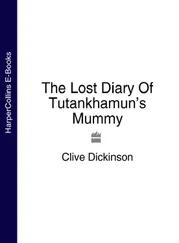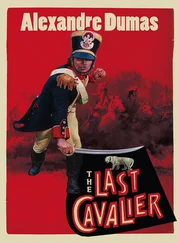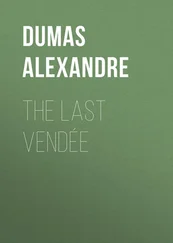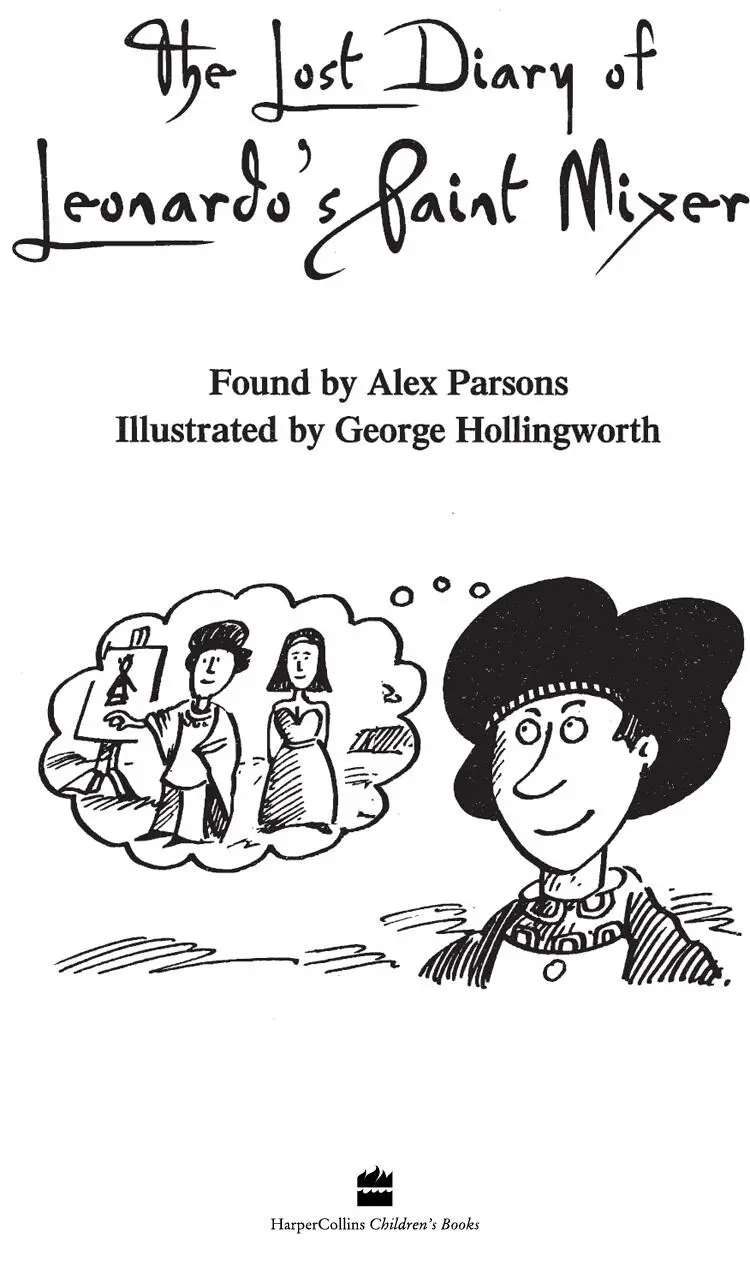
Copyright
HarperCollins Children’s Books an imprint of HarperCollins Publishers Ltd,
1 London Bridge Street
London SE1 9GF
The HarperCollins website address is www.harpercollins.co.uk
First published in Great Britain by Collins in 1999
Text copyright © Alex Parsons 1999
Illustrations copyright © George Hollingworth 1999
Cover illustration copyright © Martin Chatterton 1999
The Alex Parsons and George Hollingworth assert the moral right to be identified as the author and illustrators of the work.
All rights reserved under International and Pan-American Copyright Conventions. By payment of the required fees, you have been granted the non-exclusive, non-transferable right to access and read the text of this e-book on-screen. No part of this text may be reproduced, transmitted, down-loaded, decompiled, reverse engineered, or stored in or introduced into any information storage and retrieval system, in any form or by any means, whether electronic or mechanical, now known or hereinafter invented, without the express written permission of HarperCollins.
Source ISBN: 9780006945901
Ebook Edition © February ISBN: 9780008191436
Version: 2016-02-24
Contents
Cover
Title Page
Copyright
Message to Readers
The Verrocchio Workshop, Florence, 1470
Florence, 1471
Florence, 1472
Florence, Winter 1475
Florence, 1476
Florence, January 1477
Florence, Spring 1477
Florence, Winter 1478
Florence, 30th December 1479
Florence, Spring 1480
Florence, 1481
Florence, 1482
Milan, 1483
Milan, April 1483
Milan, 1485
Milan, 1488
Milan, 1489
Milan, 1490
Milan, April 1490
Milan, 1491
Milan, 1492
Milan, December, 1493
Milan, November, 1494
Milan, 1495
Milan, January, 1496
Milan, Spring, 1497
Milan, January, 1498
Milan, Winter, 1499
Milan, October, 1499
Venice, December, 1499
Florence, 24th April, 1500
Florence, 1501
Florence, December 1501
Rome, 1502
Imola (near Bologna), 1503
Pisa, March 1503
Florence, October 1503
Florence, November 1503
Florence, 1504
Florence, June 1505
Florence, August 1505
Florence, December 1505
Milan, May 1506
Milan, June 1506
Florence, 1508
Milan, 1508
Florence, September 1508
Florence, 1509
Milan, 1510
Milan, 1511
Milan, June 1512
Rome, December 1513
Rome, 1513
Rome, 1514
Rome, 1515
Rome, March 1516
Château de Cloux, Amboise, Northern France, April 1516
Amboise, October 1517
Amboise, May 2, 1519
Publisher’s Addendum
About the Publisher
Message to Readers
Luigi Cannelloni’s story of life among the Colourful Set in Renaissance Italy has been sniffed at by art historians ever since his tatty notebook was discovered in an antique terracotta pot used as an umbrella stand at Leonardo’s , an aptly named Italian restaurant somewhere in London.
Professor Spottafake, an eminent art historian, had the cheek to question the possibility of an early 16th century Italian manuscript turning up in a late 20th century pasta joint. After a few glasses of Chianti, he dismissed the ‘Diary’ as the drunken ramblings of someone waiting too long for an order of Spaghetti Bolognese.
But it takes an expert in more than art history to tell the difference between age spots and gravy stains, and this is where one of Leonardo’s regular customers, Alex Parsons, comes in.
Thanks to Ms Parsons, we can all now enjoy the authentic flavour of 16th century Italy, and dine out on delicious, mouth-watering tales of flaking frescos, power-crazy popes, pushy patrons and that genius who was Leonardo da Vinci.
The Verrocchio Workshop, Florence, 1470
Mamma mia! The work, the backbreaking work! My friend Paolo got himself apprenticed to a baker. The hours! The heat! The flour! The customers! It was a terrible warning. Me? When a job was advertised in an artists’ workshop, I pictured an easy life.
“Luigi Cannelloni,” I said to myself (because that is my name), “what a cushy number! All you’re gonna have to do is waft around looking arty, clean a few paintbrushes, help the gorgeous models off with their clothes, serve wine and cakes to the customers and sweep the place up a bit when they’ve all gone home.” How wrong can you be?

Signore Verrocchio, The Master, is my boss. He is actually the most important artist working in Florence. The trouble with him is that there isn’t any commission *he’ll turn down – he’ll work for anyone.
If one of the Medici family (they’re the ruling family of Florence, so you don’t mess with them) take it into their heads to order a sculpture of a full-sized man on a horse, “ No problema !” says The Master. “I’ll send the boy to pick up ten tons of bronze.”
If they want their ceilings painted with God and all his angels, “ No problema ! I’ll send the boy round to put up the scaffolding.”
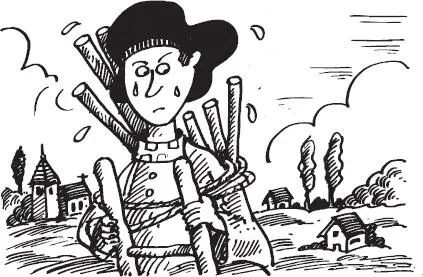
If they want a marble statue for their uncle’s tomb, “ No problema ! I’ll send the boy up to the quarry to hack out half a mountain and run home with it on his back.”
We have lots of artists in this workshop, but only one genius. Even The Master admits to this. The genius’s name is Leonardo da Vinci.
He’s quite different from the other artists here. I mean obviously they can all draw and stuff like that, and they can all paint, but when Leonardo paints or draws someone, you get the feeling the figure is alive, as if the skin is warm to the touch and that you know who they are.
Take the other day. The Master’s been working on this painting of the Baptism of Christ and he wanted the figure of an angel in there, so not being particularly good at painting angels, he asked Leonardo to paint one in.
Bravissimo! Leonardo’s painting was like a real angel – so beautiful that it made the other figures look very flat and ordinary.
Surprise, surprise! The Master has announced that he will be concentrating on the sculpture side of the business, and is leaving the painted works to other artists in the group. I wonder why?
Florence, 1471
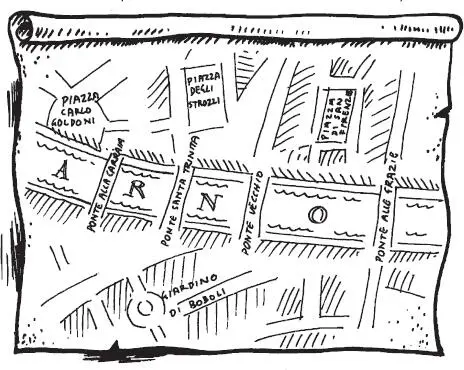
Florence is a very interesting place to live. We have our own currency *, the gold Florin, which is valid the world over, or so I am told. We have our own rulers, the powerful Medici family who made their fortune out of banking and inventing accountancy. As a result they have their own palazzo **, which is built four-square around a courtyard. The outside has only ten windows, is rather forbidding, and looks like a military fortress.
Now why would a family with money coming out of their orecchie *live in such a place? Well, this is probably why they are the richest and most powerful family in these parts. They built it this way so that we poor humble citizens wouldn’t pass by every day and hate them for being rich.
Читать дальше










